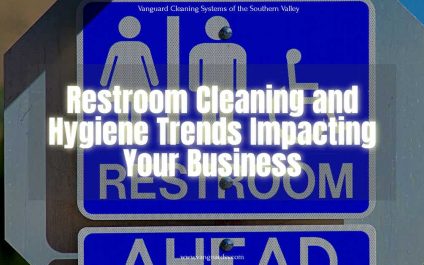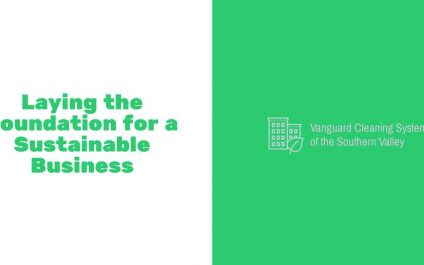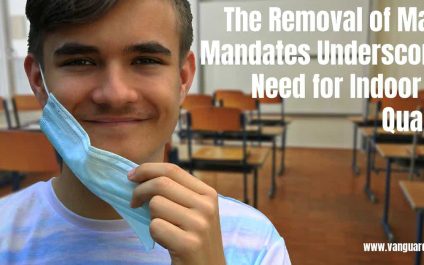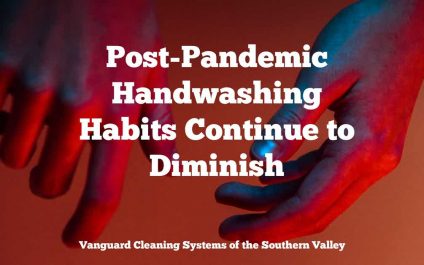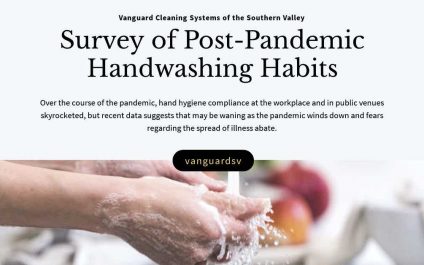Handwashing frequencies, which saw all-time highs during the height of the COVID-19 pandemic, have declined significantly over the last few months, opening the door for other infections in the future.
Handwashing Habits Decrease Since Start of Pandemic
Pre-COVID handwashing frequencies after using the restroom were abysmally low--likely contributing to preventable illness and death worldwide, especially among vulnerable demographics (children, elderly, and immuno-compromised).
According to a 2014 publication by the Wiley Online Library;
From the 42 studies reporting handwashing prevalence we estimate that approximately 19% of the world population washes hands with soap after contact with excreta (i.e. use of a sanitation facility or contact with children's excreta).
Meta-regression of risk estimates suggests that handwashing reduces the risk of diarrhoeal disease by 40% (risk ratio 0.60, 95% CI 0.53–0.68); however, when we included an adjustment for unblinded studies, the effect estimate was reduced to 23%.
Our results show that handwashing after contact with excreta is poorly practiced globally, despite the likely positive health benefits.

